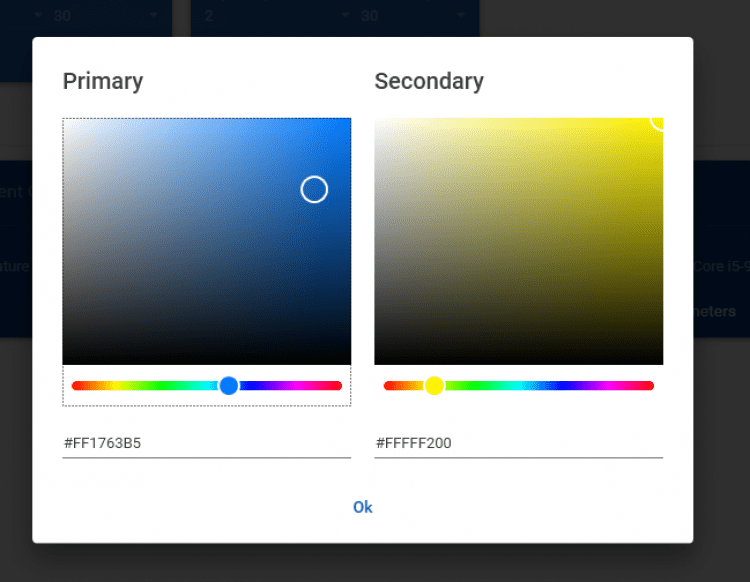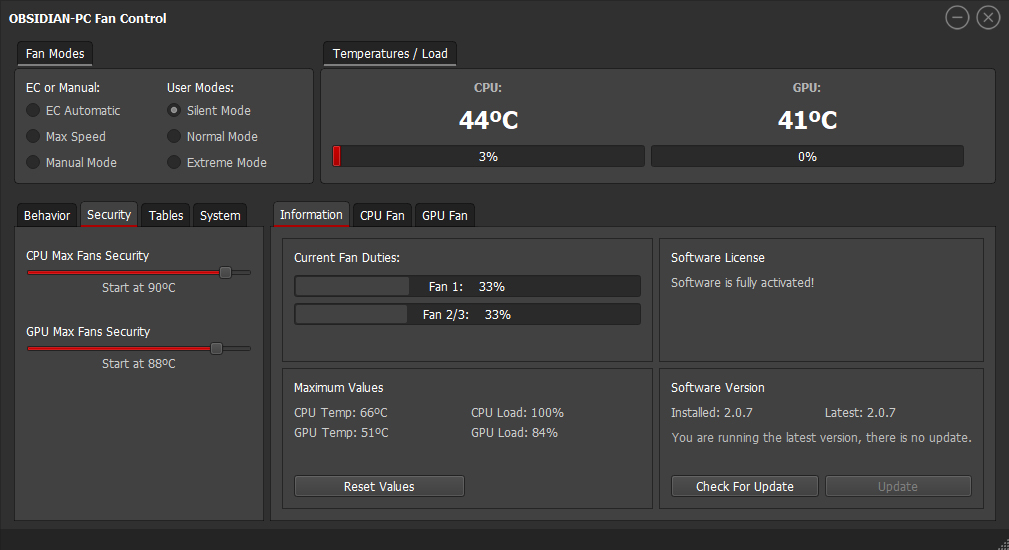

When the minimum or maximum temperature is reached for both of these cards, their corresponding speed will trigger. Next, you need to set a minimum speed and a maximum speed. Basically, you're telling the app, "I want my temperature to never exceed X, but it's okay if it never goes below Y." Both cards require you to set a minimum and a maximum temperature. First, let's focus on the Target and Linear cards since they're very similar to each other. I've already configured these cards to my personal preference. For case fans, you can use the hottest motherboard, CPU, or GPU sensor as it doesn't matter too much. Tpfancontrol allows users to customize and monitor the fan speed on their Thinkpad laptop, improving system performance and reducing fan noise.Before you do anything, you need to select a temperature source.įor CPU fans, use one of your CPUrelated sensors (pick the one with the highest temperature to be safe). Automatically start tpfancontrol when the system is booted.Run tpfancontrol as a background service.Configure the fan speed settings directly from the command line.Keep the fan running even when the system is idle or asleep.Automatically enable or disable the fan when the system is in use.Receive notifications when the system temperature reaches a certain threshold.Monitor the system temperature in real-time.Create custom fan speed profiles for different usage scenarios.Save fan speed settings for multiple profiles.



 0 kommentar(er)
0 kommentar(er)
